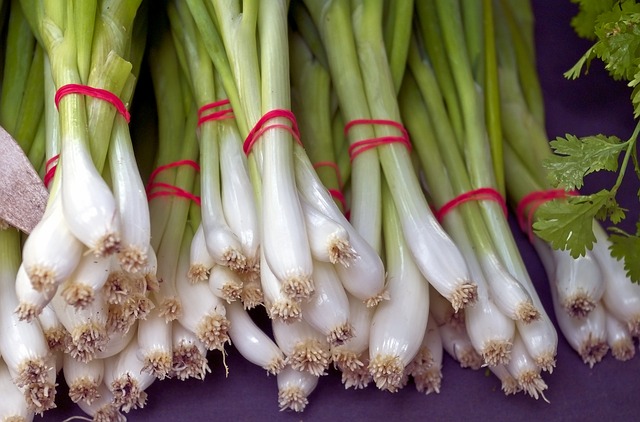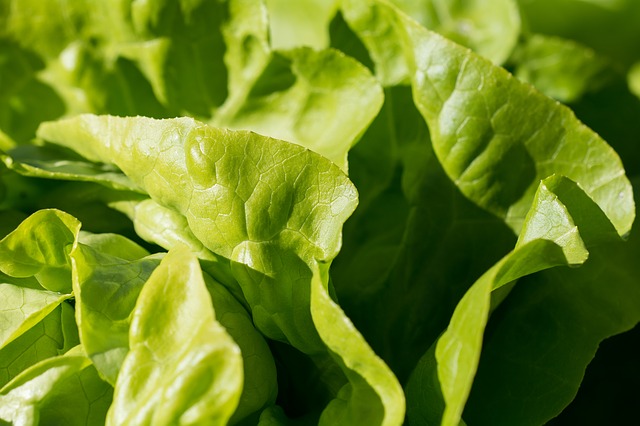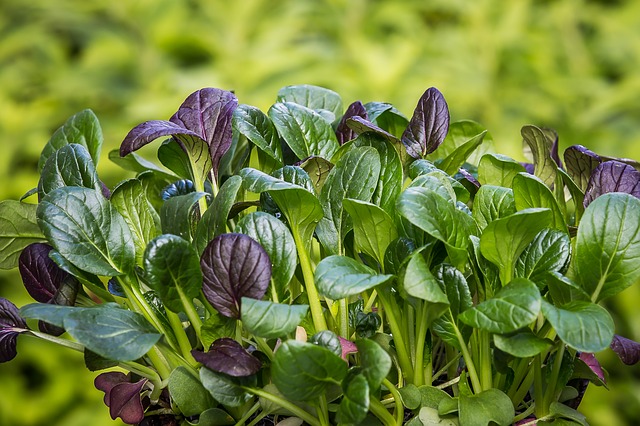Food recalls are so common these days that it’s impossible to keep track of all of them. At the time of this writing, on the Food and Drug Administration’s website, there are 1,011 active recalls on food products with reasons ranging from E. Coli to Hepatitis A to Listeria to Norovirus. Sadly, because the FDA only inspects about one-tenth of the nation’s food facilities every year, most food-borne illnesses slip by and make it all the way to supermarket shelves, making the end consumers sick, before being detected and triggering recalls.
These problems stem from our country’s industrialized food supply chain. Much of the meat and produce sold in the US goes through many stages of handling and transport over several weeks before arriving in the hands of the end consumer. These stages include packing facilities, warehousing facilities, trucking distribution centers, local distribution, and indefinite periods of being left on retail display in supermarkets. Every one of these stages of industrialized food distribution exposes the food products to contact with persons, containers, and other foods that can be carrying various illnesses.

We’ve seen the results of this sickly food system over the past few years. Romaine lettuce was recalled nationwide in early 2019 due to an outbreak of E. Coli. Salad mixes were recalled in Western states in early 2019 due to salmonella contamination. In 2017, a dead bat was found in a package of organic spring mix (if there was a dead bat in the package, that means there are likely other bacteria-laden animals inside the facility). Consumer Reports announced they have found detectable levels of Listeria in random samples of leafy green vegetables like spinach and spring salad mix at several grocery store chains across the country. And these examples only pertain to leafy greens - there are many other recalls on fruits, vegetables, meat, and dairy products, and many contaminated foods go entirely unnoticed.
One big way to protect yourself and your family is to purchase your foods from a local farmer or at a farmers market. Among the other benefits to locally grown produce is the fact that fewer hands have touched the food you acquire locally. In fact, much of the foods sold at farmers markets gets picked the day of or the day before the market. Fewer hands and less time getting from farm to table means less chance for exposure to germs.
But if you want to be really safe, you can grow foods yourself. Growing vegetables yourself means that only you have handled it, virtually eliminating the risk of contamination.
We know that growing food at home is a time-consuming endeavor that few of us can undertake. And those who have tried growing gardens in their backyards or porches know that success is hardly guaranteed, especially when growing fruiting plants like tomatoes or cucumbers. Some plants are more difficult to make productive than others.
We wanted to share some of our favorite, most rewarding vegetables and plants to grow at home, whether you have a full backyard to work with, just some space in your porch or patio, or even just an empty windowsill.
Green Onions / Scallions
Onions are a culinary staple, but growing typical onion bulbs requires that you pull up the entire plant when you’re ready to harvest. When you have limited space, it’s best to grow vegetables that provide a continuous yield.
That’s why we love green onions. Green onions are a very versatile ingredient can be used in soups, stir fries, casseroles, or just about any dish that could use some savory flavors.

The easiest way to grow green onions is to first buy an organic bunch at the supermarket. Chop off the green stems to use in your cooking, and leave the white base and roots in tact. Then plant the roots in a pot on your windowsill, and in a matter of days, the green stems will have regrown and can be cut off for your next culinary creation. If you plant enough green onions, you can have a continuous rotation of maturing stems that can be harvested fresh whenever you want to add them to your supper.
Salad Greens - Lettuce & Spinach
Leafy green vegetables are especially prone to contamination during packing and shipping. This continues to be the case even though so much is pre-washed, bagged, sealed, and sold as salad mixes. Leafy greens contain lots of nooks and crevices, and they need to be constantly watered to stay fresh, a combination that provides an ideal breeding ground for bacteria.

The good news is that greens like lettuce and spinach are perfect for growing in your home garden. Lettuce and spinach can be grown in long containers spaced only one inch apart and can thrive even in indirect sunlight. In fact, lettuce is a cold-weather vegetable and does especially well at 70 degrees, perfect for an indoor garden.
There are numerous instructional videos on YouTube about how to start your salad green garden, ranging from simple planter setups to complex hydroponics solutions.

Leafy green vegetables grow quickly, so within a matter of weeks after starting your garden, you could have greens ready to harvest. If you cut the outer mature leaves off your plants with scissors and leave about a half-inch of plant behind, the plants will continue to regrow year-round (as long as you help your plants get enough light in the winter!).
Microgreens
Microgreens are greens, herbs, and vegetable plants harvested when they are between 1 and 3 inches tall. Larger than sprouts but smaller than “baby” size, microgreens are a flavorful, nutrient-rich way to grow vegetables at home, even on a windowsill or kitchen counter.
Whether you have a patio planter or just an aluminum baking pan, fill your container with about an inch of potting soil, scatter seeds evenly across the surface, and place near a south-facing window or somewhere exposed to a good deal of sunlight. Cover the seeds with a thin layer of soil, and mist the seeds a couple of times per day. Within a couple weeks, you will have microgreens ready to be cut and eaten as garnishes or in salads.

The most common plants grown for microgreens are lettuce, spinach, kale, greens, and cabbage, but virtually any plant that is entirely edible can be used, including herbs and sunflowers.
Read more about microgreens: https://wellnessmama.com/36688/grow-microgreens/
Herbs - Basil, Oregano, Mint, Parsley, Cilantro, Chives, etc.
Fresh cut herbs can provide amazing additions to your home-cooked dishes. Who doesn’t love whole basil leaves on their pizza, fresh oregano leaves in their pasta sauce, spicy cilantro leaves in their pico de gallo, and some sprigs of mint in their summer beverage. Many herbs also make delicious additions to salads. Unfortunately, these fresh-cut herbs are prone to the same risks of contamination as leafy green vegetables - their difficulty in being thoroughly washed coupled with their need to stay constantly misted can lead to bacterial contamination.

Herbs gardens are so common that they hardly need to be mentioned. But it is worth noting that the most economical way to grow your herbs is from seed. Instead of waiting until spring and buying your plants at a garden center, you can grow dozens of plants from seed for the cost of one plant.

Not all seeds are equal, however. If you are going through the effort of growing plants at home, you want to make sure you’re growing the best you can get - heirloom, organic varieties.
That’s why we recommend purchasing USDA Organic, heirloom, non-GMO seeds from My Patriot Supply. We have ordered our garden’s seeds from My Patriot Supply for years and have always been amazed by how many seeds come in each packet, how quickly the seeds sprout, and the high germination rates of the seeds. For less than $2 per packet, My Patriot Supply’s seeds provide a far better value than any seed packets you could ever find at a garden center. You can find organic seeds for green onions, spinach, lettuce, herbs, and virtually any other fruit or vegetable you would like to grow in your home garden, as well as many types of sprouting seeds for microgreens, on My Patriot Supply’s website.
Remember that the only way to know for sure that your food has not come into contact with dangerous pesticides, herbicides, fertilizers, and disease is to grow it yourself. Nobody will care for the food you eat more than you will yourself. Happy planting!






